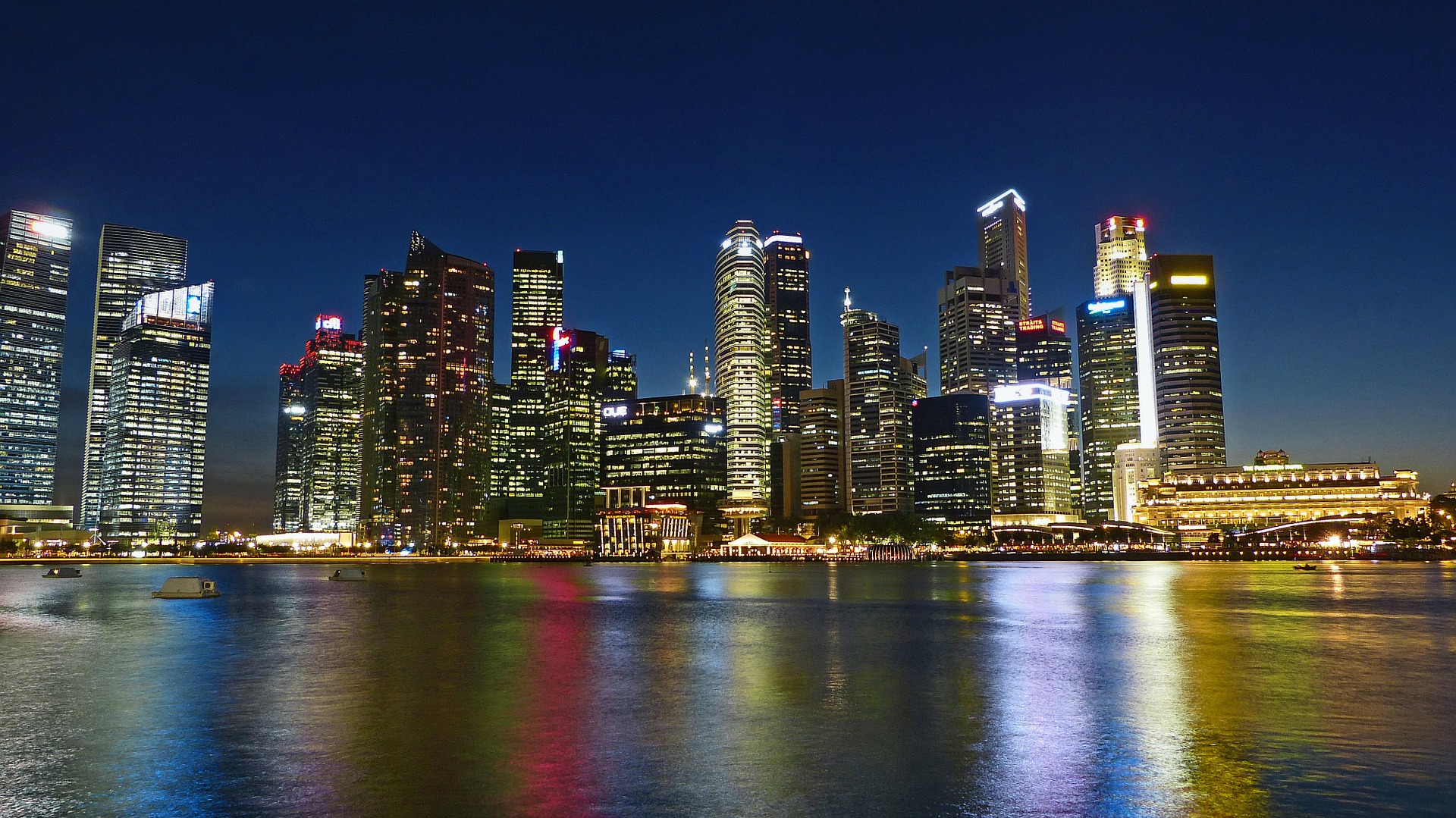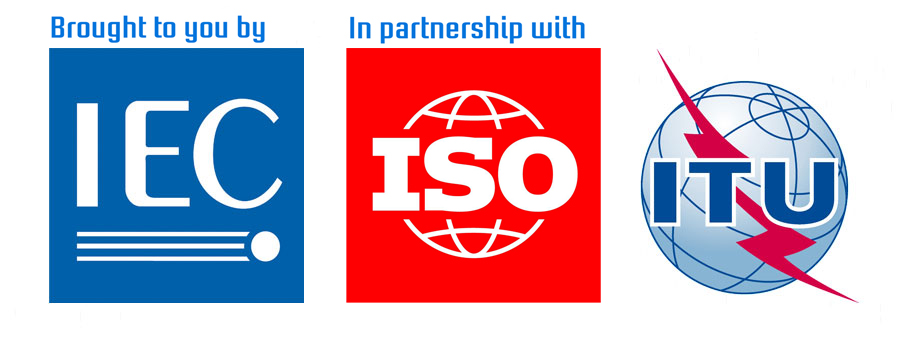What Mexico City learned by devoting an office to designing public spaces
Editors note: This article first appeared in Citiscope.org and is reprinted with permission.
Citiscope is a nonprofit news outlet that covers innovations in cities around the world. More at Citiscope. org and citiscope.org/subscribe.
MEXICO CITY, Mexico — Mexico’s sprawling capital city is so big that authorities aren’t even sure how many people live here. But inside the municipal government, there’s a small team of designers and architects who are committed to humanizing the urban chaos through sensitive interventions in the built environment.
The Public Space Authority, known by its Spanish acronym AEP, was born in 2009 during the mayoral administration of Marcelo Ebrard. One of the first mayors here to embrace the concept of bringing “livability” to the Mexican capital, Ebrard believed that public space could be part of a broader strategy to improve urban quality of life and even to reduce social inequality.
The AEP’s mandate is to think big, even though many of its interventions — such as introducing tiny “pocket parks” into tightly packed neighborhoods — are small. Unlike traditional parks and recreation departments, AEP is not saddled with perpetual maintenance responsibilities, a huge job that can stifle creativity. And unlike traditional departments of transportation, which manage vast amounts of public space in the form of city streets, AEP has an easier time putting the needs of people ahead of the needs of cars.
For example, once a week they close a major downtown thoroughfare to traffic and allow for Sunday strolls. Bright green umbrellas and live music transform the street into a lively hangout. In a handful of residential neighborhoods, streets that meet at funny angles leave vestigial asphalt, which the AEP has turned into extensions of the sidewalk with planters and signage. In an innovative financing scheme, 30 percent of the revenues from a new parking meter system are funneled into the AEP’s coffers, reflecting the belief that streets are public spaces.
Last month, I sat down with Ana Isabel Ruiz Remolina, Executive Director of Projects, and Victor Manuel Rico Espinola, Director of Special Projects, in an office littered with street furniture prototypes and eye-catching signage. We spoke about what makes AEP unique and what other cities can learn from Mexico City’s experience.
This interview was translated from the original Spanish and has been edited for length and clarity.
Greg Scruggs: When the AEP was established, did you have a sense that this was something entirely new in terms of municipal government and design?
Victor Manuel Rico Espinola: Design is a very important component of the Public Space Authority and of those who founded it, because their background was in architecture and urbanism. So in that sense it’s an even more special office. It’s an office of urban design that is focused, obviously, on public spaces.
Q: It’s a sort of public design firm?
Ana Isabel Ruiz Remolina: A public open space design firm. The first head of the Public Space Authority used to say that it was the only public design office in Latin America.
Q: Some of your interventions are common in other parts of the world. Is there anything new that in your opinion is original to AEP?
Victor: Well it’s not easy to reinvent the wheel, but I would say that an innovation that didn’t exist, or at least that we have never heard of, is the La Viga linear park, our first large-scale project. The Public Space Authority is building it in a less privileged part of the city.
The innovative aspect of this project is that it sees public spaces as infrastructure that is also aimed at a more responsible use of resources. Rainwater will be collected there and stored in an underground cistern system for use in the fountains and ponds. So we’re diversifying the water supply sources, because we’ll have rainwater, treated water for irrigating parks, and potable water for bathrooms and drinking fountains. This kind of project is an innovation at a regional level because there is no park this size using this kind of system. We were in fact inspired by the water plazas that Rotterdam is building.
Ana: I don’t know if I would refer to one particular project as an example, but I do think we can talk about a vision of a city as a complex megalopolis, a city that is lagging far behind and has a serious lack of funds and of air and water quality. So, rather than mention a specific project, I think that just the fact that this office exists.
Victor: That is the innovation in and of itself.
Ana: Because it is a response to the famous problem of urbanization, of how we understand it, how we revert patterns of unplanned irregular growth, how we understand the provision of services, how we understand proximity in public transport.
Q: And public space is like the connective tissue?
Victor: Yes. But what Ana says is very important, because in some sense it is this office, rather than developers, that dictates which way development is going.
It’s not the developers who, like in other cities, define what’s to be done. Here it’s the Mexico City government that to some extent provides incentives for where developers should build. Which means it’s an innovation even on the economic front.
Ana: And what we’re basically trying to do is guide the development of the city through our interventions. So on one hand, we give new value to neglected, rundown central areas of architectural heritage. We make interventions in the historical center, for example. But on the other hand, we also try to bring projects for public spaces to marginal neighborhoods, where social segregation is strong.
Victor: Like redistributing the experience of the city.
Q: What are the global trends in public space design that are most interesting and relevant to your work?
Victor: A fun experience. For example, how design can contribute to a pleasant impression of the city. And there should also be a playful component. I think that’s a question that we will begin to explore now with new projects.
Ana: Also, access to technologies and social networks. For example, almost all of the projects that we have developed since 2015 will have Wi-Fi zones. We’ll be able to connect, to charge our cell phones so that, through public spaces and through this experience, we’ll also be creating closer ties between people, who don’t always have access to the Internet, for example. So they can have a public Internet space.
Q: Are quality public spaces a successful way to address inequality?
Ana: Of course. And a lot of what we try to do is, on one hand, offer the neediest people quality spaces, and on the other, encourage people who aren’t used to going out to public spaces, to go out and use public spaces.
Victor: And even to create new destinations. That is, in the public imagination, people are used to going from the east to the center of the city to have these experiences. What we’re doing is bringing these experiences closer to the people. And this removes pressure from the transport systems, from the big flows of people in search of these spaces.
Ana: It’s also understanding that the street is a public space par excellence. It’s the public space that you use to circulate, and there are other areas that you spend more time in, like our plazas or parks. But there are other spaces — all of the areas of transport or markets or churches — which become a very interesting transition between public and private spaces. And these are the areas that we try to connect and bring closer together as points of origin and destination to improve our experience.
Q: Do you believe that informal economic activity like street food vending can help invigorate public spaces?
Ana: I think it’s a delicate, complex issue to talk about, because they’re not really informal. They have permits from the government. So it’s a touchy issue to say they’re informal. I mean, one thing is to talk about trade on the streets without classifying it as formal or informal. So what we try to do is reorganize trade in public space and establish specific areas. There are corridors or parts of the city that have one specific purpose or another. What we do want and try to do is facilitate smoother foot traffic flow, with clear limits, and understanding proximity and other questions.
Now, in order for trade to become a factor that invigorates urban spaces, I think that in a city that is so complex, and in a society that is so rich and active as that of Mexico City, we can talk about trade and any other aspect that can invigorate public spaces, because much of life is lived in these spaces.
Victor: Right now there’s a very interesting project going on in Iztapalapa, the most populous district, but also the most marginal. It’s an intervention that we made on a street, where during the week it’s a public space with mobile furniture, but later the open air market, the tianguis, is set up. So there’s also a very flexible coexistence between our interventions and trade that, as Ana rightly pointed out, isn’t necessarily informal because they actually have permits from the boroughs to work in markets in public spaces.
Q: Your vision of public spaces as a “cross-cutting issue” of urban development obviously requires resources to implement. In your opinion, are public spaces a priority for the Mexico City government?
Ana: What I do believe is a major achievement by the Public Space Authority, thanks to the first administration, is that no one talked about public spaces before, and today, six or seven years later, it’s on the city agenda. All of the boroughs want to improve their public spaces. And even architectural and city planning firms, which didn’t show much interest before in working for the city and in the city, are now interested in getting involved in our projects.
Q: What ideas have you taken from other places and adapted to the Mexico City context?
Ana: “Pocket parks” are the clearest example. In many cases, or at least in the projects that were carried out in New York, nearly everyone talks about a single use for the space, like having fixed tables and seats for pedestrians to be able to sit and rest for a moment. Today I don’t think any of our pocket parks only play that single role. All of them have, for example, a skatepark or basketball hoop, or a playground area for children, or a sitting area, or even a mini-circuit for joggers. It’s much more diverse in terms of what it offers.
Victor: The other program is My Street, My Plaza. We started a very good collaboration with Bloomberg Associates. We held a series of workshops with Janette Sadik-Khan, the former New York City transportation commissioner, and her team.
And with that cooperation we started the Avenida 20 de Noviembre project where the difference could be one of scale, because the intervention in 20 de Noviembre covered seven blocks, from Izazaga Street to the Zócalo. So this kind of intervention involves a redistribution of the space on the street between its traffic and transport function and the possibility of spending time there to enjoy the city.
Ana: And what is interesting about that program, and, again referring to the fact that it is “cross-cutting,” is that a very important effort has been made with the Secretariat of Culture to get these projects going, to give life to the plazas. Sometimes a children’s orchestra goes and plays, or someone who sings or tells stories or works with children. We provide the design of the space, and other authorities provide the social aspect. So we’re working at different levels, such as the physical level and the important social level. These programs have been adapted from other parts of the world with an effort to Mexicanize them.
Q: You’re not responsible for public space maintenance in the same way that a traditional municipal Department of Parks and Recreation would be. What’s the impact?
Ana: It’s difficult, because on one hand, we always prefer to maintain these spaces ourselves. Why? Because the spaces that we are offering, are of better quality, are worth more and contribute more, and thus maintenance costs more than what the boroughs have assigned for maintenance of these spaces. Not only in terms of staff but also — how can I say this? — we don’t necessarily share the same vision. Or we aren’t necessarily used to carrying out the same kind of actions. So, as a design office, we have developed much higher standards of design and quality, which aren’t always met in the boroughs. Not because of a lack of will but because of a lack of trained staff or funds.
Q: In terms of other mega-cities around the world, who are you learning from and who learns from you?
Ana: Mexico City has always been an important example with respect to how fast things get done. Although it sounds a little absurd, we’re very efficient when it comes to construction. Things move very quickly here. The first time we worked with Bloomberg to talk about My Plaza, My Street, we asked him: “So how long did it take you to do this project?” He told us, “Four years.” We don’t have that kind of time.
We can’t wait four years. Why? Because there’s an important fiscal issue. We don’t have, as Victor was saying, the economic stability to think in terms of such long timeframes. And the time the head of government is in office is short. That means we have to be much more efficient, much faster, in order to choose and carry out our projects and finish them.
Victor: Yes, that’s a fun fact about Mexico City. It’s a contradiction, but in some things we’re slower than the rest of the world, but in others we’re the fastest.
Ana: Who do we look to? I would say we look toward Latin America. And of course there’s also the Danish architect Jan Gehl and the methodology of “life between buildings.” There are many reference points like the big urban planning consulting firms that we look to, but without a doubt, there is a much more tangible reference when it comes to the exchange of experiences in Latin America, of what is being done in Colombia or Brazil.
Victor: If you think about what we’re doing here, we’re a big laboratory where we mix Medellin’s social urbanism strategies with Rotterdam’s responsible management of resources, and with the methodologies of Gehl and Janette Sadik-Khan.
Source here.


